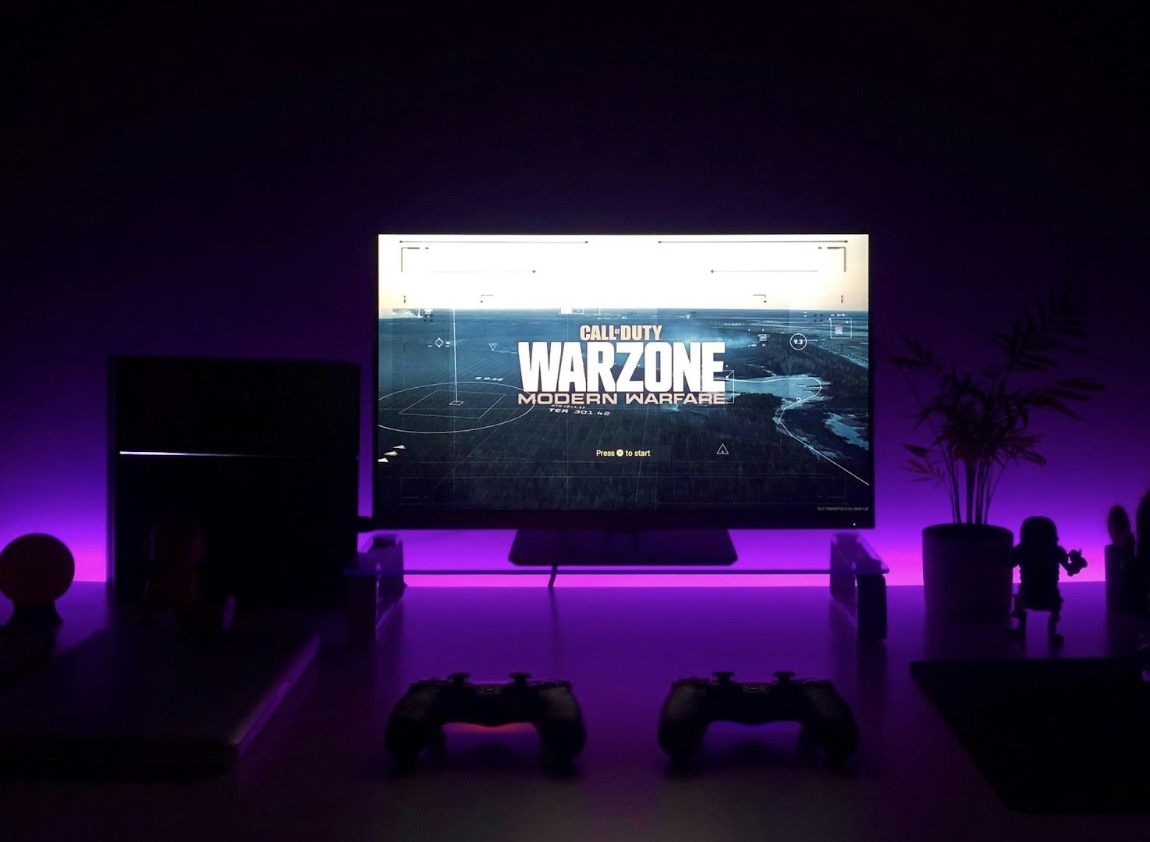Having an aquarium filled with wonders from the underwater world elicits positive feelings from people that visit your place. Its collection of fish species, aquatic creatures, corals, reefs, plants, and rocks is a great live-action show to watch and observe. Combined with the best lighting systems the fish container industry has to offer, you’ll have a vibrant display that adds a mesmerizing glow.
LED Lighting for Aquariums
The typical aquarium serves as a manufactured housing for your preference of aquatic pets. These pets may range from fish species, rare marine predators, crabs, and sea creatures that somehow require a lighting system for their growth and development. Picking a light fixture that serves as a solution for their daily sustenance can benefit their well-being and comfortability inside an enclosure.
The LED lighting system is a widely recognized equipment for aquarists and marine hobbyists. Suppose you are looking for a guide about the best aquarium lighting system. In that case, you can check out this review detailing an excellent LED-based light source compatible with any aquarium installation. Advancement in digital technologies and programming methods incorporated with LEDs results in a flexible lighting system adjustable for a hobbyist and their aquatic pets’ needs and preferences.
What is an LED?
LED is a widely-known acronym for Light Emitting Diode. It is distinctive from several conventional lighting systems such as electric bulbs and fluorescent lamps due to its low-cost, light intensity, energy-efficiency, and reduced energy consumption. LEDs have evolved to serve in different industries all around the world.
The Light Emitting Diode produces light by using a diode specifically designed and manufactured with elements to emit light. Typically, the diode is attached to a miniaturized chip. It uses a method called electroluminescence. The electricity in the form of positively charged subatomic particles is processed by a semi-conductive microchip connected to a diode that produces an array of light waves.
Choosing the Best Aquarium Lighting System
LED or Light Emitting Diodes have several applications across different global industries. The fishkeeping and aquarium building industry is one of the benefits of its positive characteristics. Many companies design and build LED systems, but choosing the most suitable LED system can be challenging.
-
PAR Capability
PAR stands for Photosynthetically Active Radiation. Modern LED systems designed and manufactured for aquarium installation should have the capability to emit Photosynthetically Active Radiation. Several aquarium based fish, aquatic creatures, plants, and micro-organisms relying on photosynthesis can benefit from the daily sustenance a PAR-capable LED system can provide.
-
Structure Adjustability
The installation of any aquarium lighting system is crucial in distributing light towards parts and crevices of its underwater environment. Modern LED constructs are attached with mechanical arms and joints that can be folded and adjusted to shine light energy to any part of the container. These mechanical assemblies may prove crucial for the proper distribution of light in any aquarium corner.
-
Intensity
Modern Light Emitting Diodes are now integrated with advancements in programming and compatibility with digital devices and applications. The light intensity of Aquarium LEDs can now be adjusted to simulate day-and-night cycles that are essential for the rest duration and circadian rhythm of marine life forms inside a fish tank. LEDs are also known to emit different light wave intensities available from the light spectrum order.
-
Attributes
One excellent feature of LEDs is their capability of emitting light without Ultraviolet radiation. They are also well-known not to use upsurges of energy while being efficient with low-wattage requirements and consistency in their function even after years of operation. LEDs do not heat water, which can be harmful in upsetting the natural balance that an aquarium environment should attain.
Conclusion
LEDs are the most affordable and energy-efficient option for illuminating the aquatic environment of a modern-day aquarium. They are preferred by many marine hobbyists due to their low-consumption and requirement of electricity while providing different arrays of light waves. LED systems of today can now be adjusted and modified based upon the needs of aquatic creatures and micro-organisms living inside an aquarium. Visit Aquariadise for a guide to choosing the best tropical fish for your aquarium.






